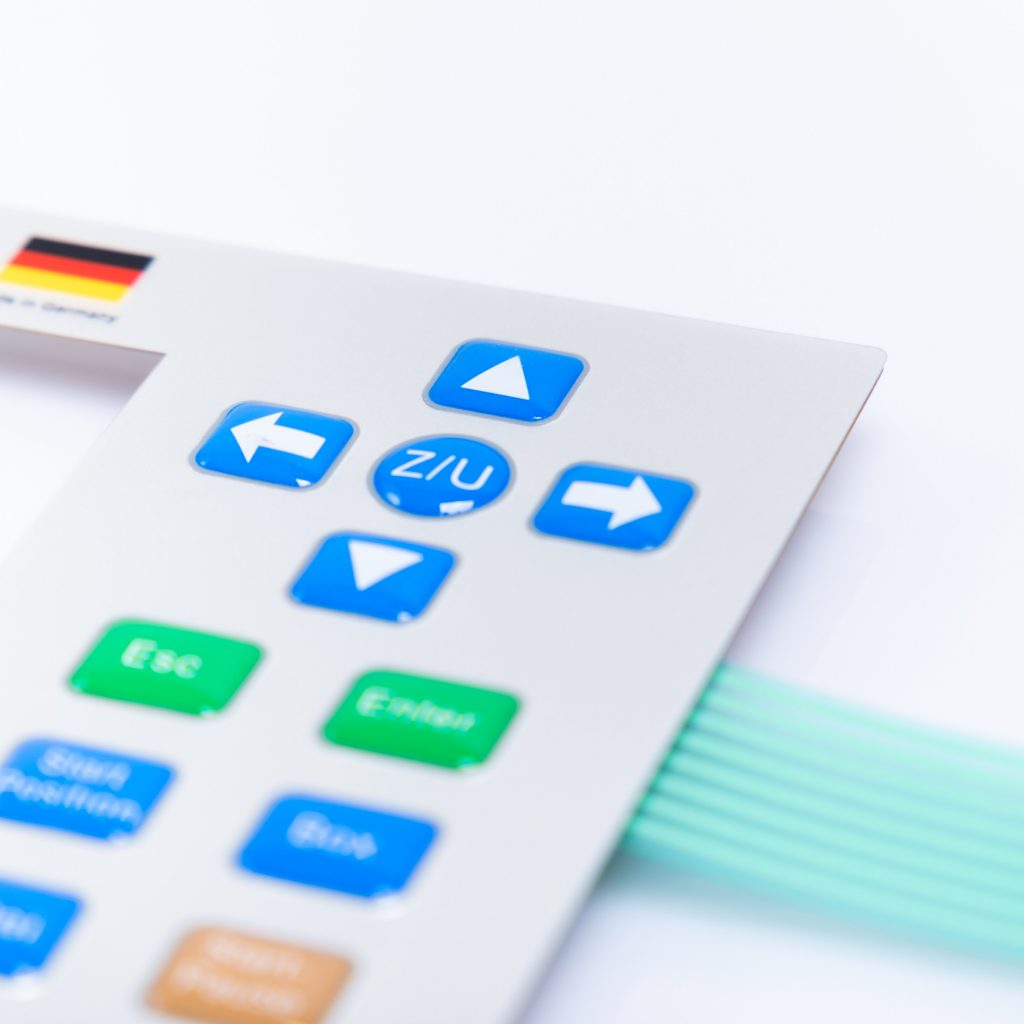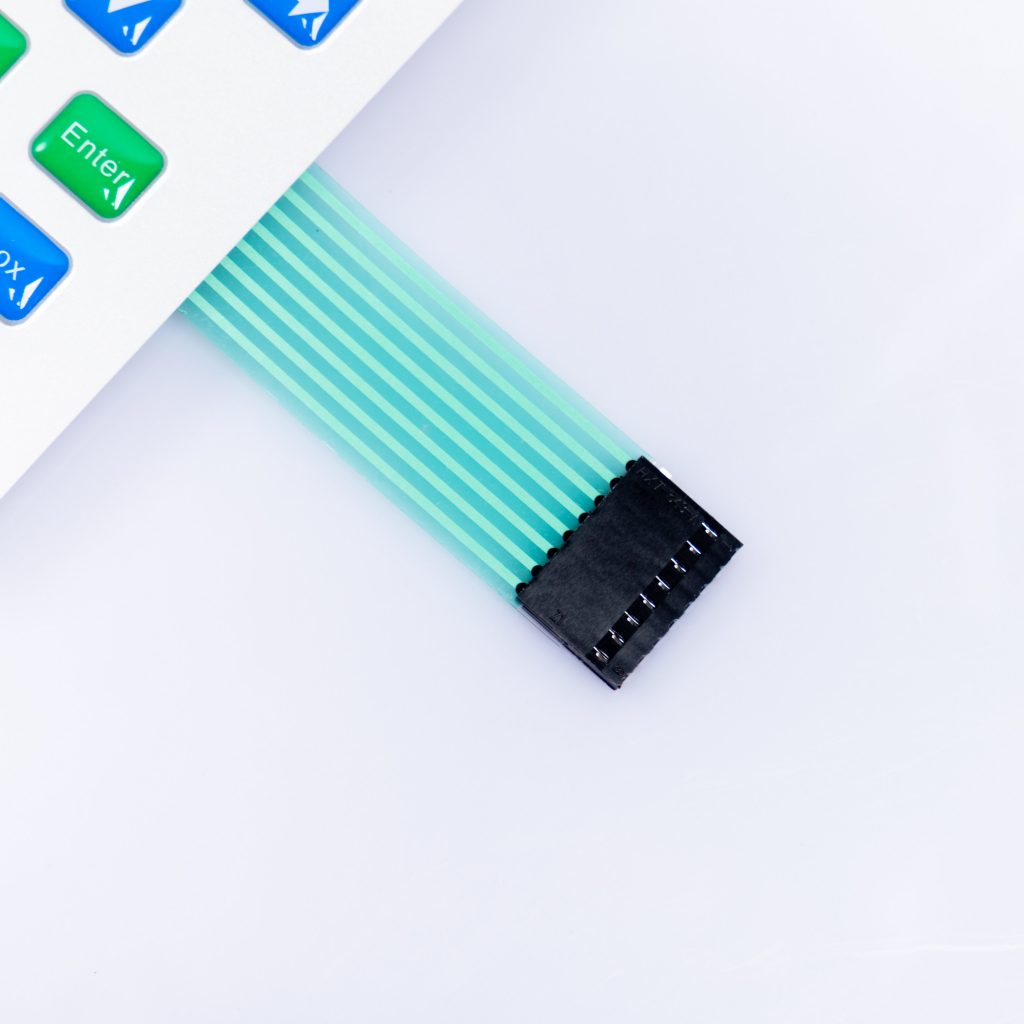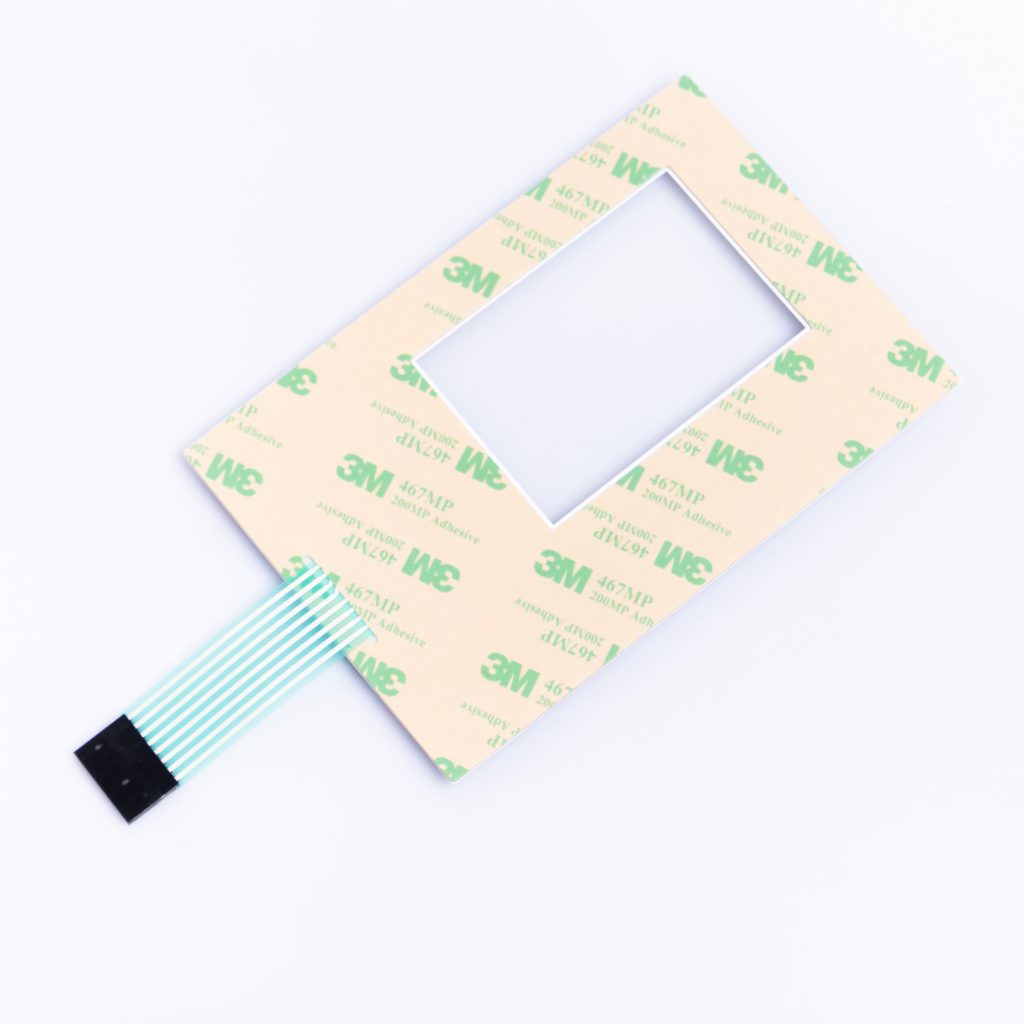Contact
Write to Us And We Would Be Happy to Advise You.
Do you have any questions, or would you like to speak directly with a representative?
By hqt
In the world of modern technology, membrane switches have become an integral part of various electronic devices. These switches are the unsung heroes behind the smooth functioning of everything from microwave ovens to remote controls. But have you ever wondered what makes these switches work seamlessly? The answer lies in two crucial components: Silver Paste and Conductive Carbon Paste. In this article, we will dive deep into the world of membrane switches, exploring the role of these pastes and how they contribute to the functionality of these devices.



Before we delve into the specifics of Silver Paste and Conductive Carbon Paste, let’s get a basic understanding of what membrane switches are.
Membrane switches are a type of interface that enables communication between a user and an electronic device. They consist of several layers of flexible materials, including graphic overlays, adhesive spacer layers, and, most importantly, conductive layers.
Membrane switches consist of two primary components: the top layer with printed graphics and the bottom layer with conductive traces. These conductive traces are where Silver Paste and Conductive Carbon Paste come into play.
Silver Paste is a crucial component in the manufacturing of membrane switches. It serves as the conductive material that allows electrical signals to pass through when pressure is applied to the switch.
Silver Paste is known for its exceptional electrical conductivity. It ensures that when you press a button on a membrane switch, the electrical signal is transmitted reliably, resulting in a seamless user experience. Additionally, Silver Paste is highly durable, ensuring that the switch continues to function even after thousands of presses.
The process of applying Silver Paste to a membrane switch is a meticulous one. It involves screen printing the conductive traces onto a flexible substrate, which is then laminated with other layers of the switch.
Conductive Carbon Paste is another critical component of membrane switches, often used alongside Silver Paste to achieve specific performance characteristics.
One of the key advantages of using Conductive Carbon Paste is its ability to enhance the flexibility of the membrane switch. This is particularly important in applications where the switch needs to conform to a curved or irregular surface.
Conductive Carbon Paste offers resistive properties that can be tailored to meet the specific needs of a device. This allows manufacturers to create membrane switches with varying levels of sensitivity and responsiveness.
In many membrane switch designs, Silver Paste and Conductive Carbon Paste work together harmoniously. By combining their unique properties, manufacturers can create switches that offer the best of both worlds: high conductivity and flexibility.
Membrane switches find applications in a wide range of industries, from medical devices to automotive controls. In medical devices, for instance, the synergy between Silver Paste and Conductive Carbon Paste ensures accurate input in critical situations.
As technology continues to evolve, so do membrane switches. Research and development in the field of conductive materials are ongoing, with the aim of improving performance and reducing manufacturing costs.
In conclusion, Silver Paste and Conductive Carbon Paste are the unsung heroes of membrane switches. Their unique properties and synergistic relationship ensure that these switches function seamlessly in a wide range of applications. Whether you’re using a microwave oven or a TV remote control, chances are you’re interacting with a device that relies on these innovative pastes.
Now that you’ve gained insight into the world of Silver Paste and Conductive Carbon Paste in membrane switches, you might have some questions. Let’s address a few frequently asked questions:
What is the primary function of Silver Paste in membrane switches?
How does Conductive Carbon Paste enhance the flexibility of membrane switches?
Are there any notable applications of membrane switches in the automotive industry?
Can Silver Paste and Conductive Carbon Paste be used in other electronic devices besides membrane switches?
What are the future prospects for membrane switches in the electronics industry?
Do you have any questions, or would you like to speak directly with a representative?